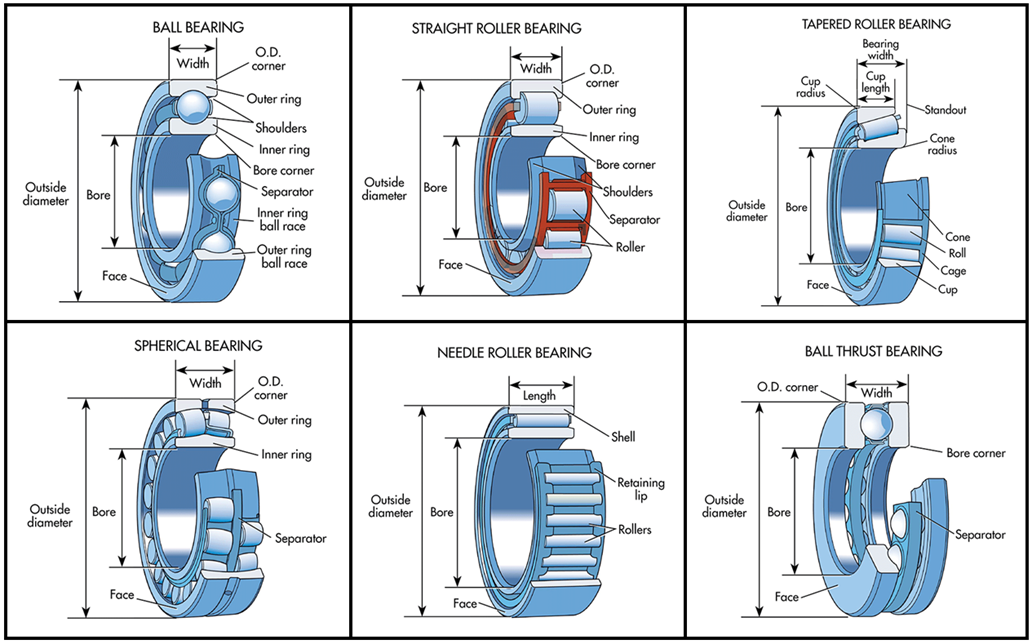Bearings 101
Intro
The humble ball bearing ball is perhaps the most advanced invention of civilization. Because it is critical to rotors, it is a core component of engines, and precision CNC machines that are responsible for making the most complex of technologies. Bearings are critical to vacuum pumps, which are critical in the production of semiconductors. From enginges to semiconductors - bearings are a foundation.
Thus, understanding how a bearing as made - and the ability to make one - is perhaps the most advanced technological skill in civilization. All else derives from the existence of ball bearings.
Working principle
Bearings reduce friction between two connected parts during rotational movement, such a wheel and axle. The small steel balls of the bearing allows the wheel to roll around the axle instead of rubbing against it. This allows for smoother and safer motion, longer life of parts, and more operational capabilities of machines to name a few reasons as to why bearings are used.
Types of bearings
There are many different types of bearings. To understand how to select bearing type and dimension based on loading condition and intended use, see page Bearing Selection.
Internal links
OSE Bearing dimensioning calculator
External links
- How Bearings Are Made
- Timken engineering manual - [file:///home/marcin/Desktop/Timken-Engineering-Manual.pdf] [1]
- MIT Fundamentals of Design - [2] - File:Fundamentalsofdesign10.pdf
- Bearing Life - [3]
- Peak loads - this source [4] says that peak loads should not exceed rated load by more than 100%
- p.531 part 3 of Machine Designer's Reference - [5] - says design for a safety factor of 5.
